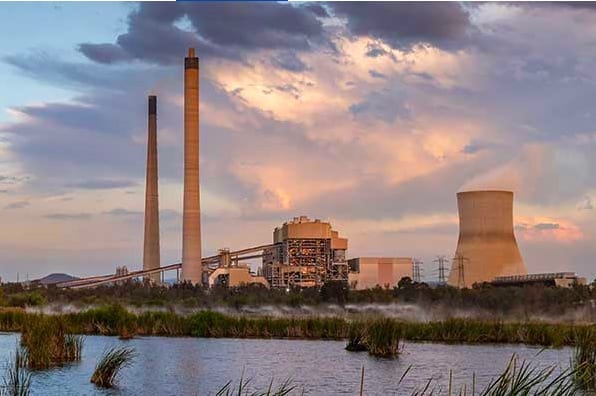Australia’s energy system is facing a new crisis, beyond the soaring cost of coal and gas, plant breakdowns, floods, mine problems, rail access, market gaming, and a decade of policy failure – it’s something called “net zero induced technical faults.”
The problem has been identified by the right wing think tank, the Institute of Public Affairs, and it says it is having a major impact on what it calls “real Australians.”
The revelation was highlighted in a statement issued by the IPA – which has been the training ground of many Coalition MPs, including the former deputy energy minister Tim Wilson, who was previously the IPA’s policy chief – commenting on the crisis in Australia’s electricity markets.
“Relying on AEMO to force power generators to run at a loss simply to keep the lights on is no way to run a first world energy market and economy,” the IPA says.
One big problem with that sentence is that it is actually not true. Under the price cap imposed earlier this week, the generators can get compensation for not just their excess fuel costs, but also their opportunity costs.
Under the “directions” deployed by AEMO, they can get 90 per cent of what they used to get. And under the suspended market, now in force, they will still get an average from the prices of the last month. So, really, not much change at all.
They are only “forced on” because they are needed to provide an essential service and because, you know, it’s good to keep the lights on, for the benefit of both real, and unreal, Australians.
The IPA says that, according its calculations, at least six coal-fired power stations, or at least 20 per cent of Australia’s energy generation, “will be eliminated in the name of net zero, without any form of affordable and reliable energy generation taking its place.”
We hate to break the news to you, but at least 25 per cent of Australia’s existing capacity is already missing – thanks to breakdowns, maintenance, floods, etc. And another 20 per cent had to be forced on to the market by the operator at times this week because they went on strike in search of higher payments.
And the market operator has a planning blueprint that assumes a lot more coal capacity will have to close over the next decade, because they are really old, costly, dirty and increasingly unreliable – net zero or not. It has a plan to replace these fossil fuel facilities with technology that is both affordable and reliable: wind, solar and storage.
Then we got to the heart of the matter, at least as seen through the eyes of the IPA.
“At the end of the day, our leaders cannot escape the immutable fact that if you are counting on renewables for our energy future then you can count on black-outs and explosive power price hikes,” it says, ignoring that the biggest price hikes have taken place in grids that don’t count on renewables.
Sound familiar? Well, yes, that was pretty much the daily drone over the past decade from the former Coalition government which relied on the IPA for its policy outlines and guidance. And still it continues.
Curiously, there was not a single mention in the IPA statement of the soaring costs of gas and coal which have helped pushed the cost of fossil fuel generation up more than ten-fold in recent weeks and months, or what could be done about it.
Nor was there any indication on whether “unreal Australians” are similarly affected by the “net-zero induced” problems affecting “real Australians.” Perhaps they have their own power supply.
Why do we bother to mention this? Because there was the Nationals leader David Littleproud on the TV this morning talking up the prospects of carbon capture and storage, and even new coal generators. Did they ever ask about the cost of these things?
And we wonder how we got into this mess. But just imagine, for a moment, that the Coalition was still in power, and still taking advice and guidance from the IPA.










